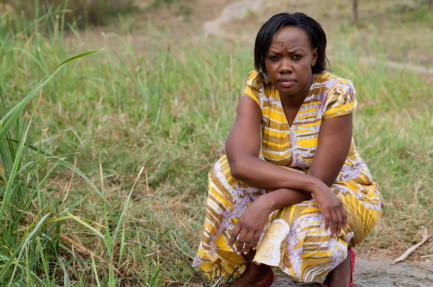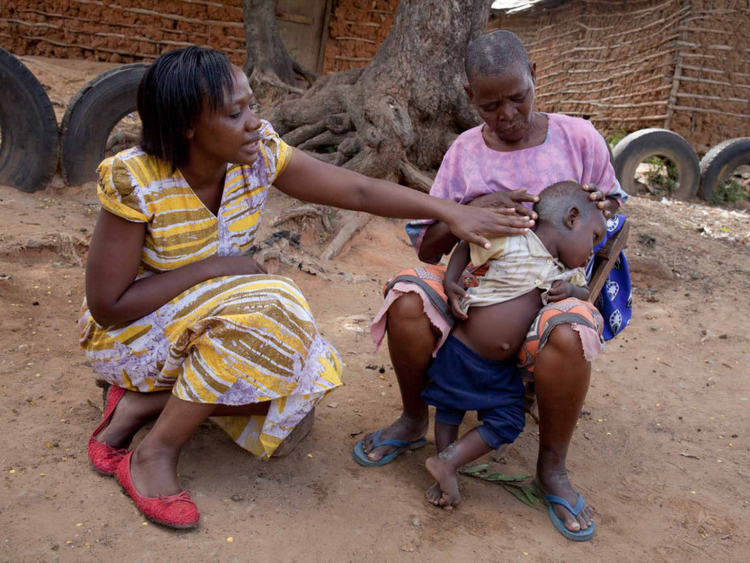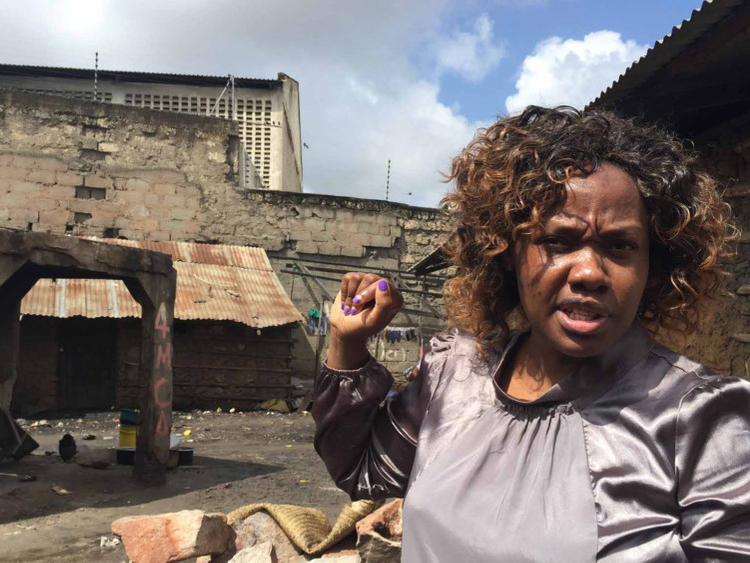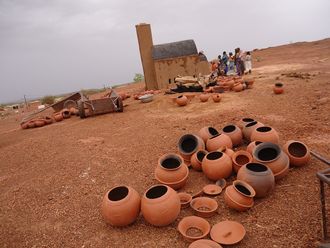
Nairobi: Eight years after her baby was lead-poisoned through breast milk, Kenya’s most prominent anti-pollution campaigner, Phyllis Omido, is set to finally get her day in court in a case that the UN hopes will prove a landmark for environmental defenders across Africa.
Omido has been threatened by thugs, arrested by police and forced into hiding for organising opposition to a lead-smelting factory in Mombasa, which allegedly poisoned residents in the neighbouring shantytown of Owino Uhuru.
Sometimes referred to as the “east African Erin Brockovich”, Omido was a co-winner of the Goldman environmental prize in 2015 along with Berta Caceres, the Honduran activist who was murdered a year later. Omido lives under constant threat. She has had to go into hiding several times and carries a panic button that can alert international supporters and trace her whereabouts if she is abducted.
“I face threats to my life because of this case,” she said.
But the NGO she founded, the Centre for Justice, Governance, and Environmental Action, has already forced the closure of the plant and is pushing the courts to secure compensation for the victims and a clean-up of the community.
They have gathered thousands of local residents in a class action against the government and two companies — Metal Refinery EPZ Ltd and Penguin Paper and Book Company (no connection with the global publishing company) for 1.6bn Kenyan shillings (GBP11.5m) compensation and a clean-up of contaminated land.
Two years after the suit was launched, the plaintiffs will be called as witness for the first time on March 19 in the environment and land court.
“This is the biggest step since we started,” Omido said. “The victims will finally get to tell their story in court. That’s crucial in making people realise what happened. We hope our case will be something that every environmental defender in the world can refer to when they raise issues of accountability.”
Her baby’s blood had 35 times more lead in his blood
Omido - who worked in the company office - was the first to make a connection between the factory and health problems. She started to grow concerned in 2010 when her baby son fell ill. Blood tests showed the amount of lead in his blood was 35 times above the the World Health Organisation’s level of concern, she said. Assuming this had been passed on when she nursed him, she then arranged for three more children to be tested, all of whom proved to have been contaminated. Locals also complained of unusually high numbers of miscarriages and respiratory disease.
After the factory refused to relocate and the environment ministry ignored her warnings, Omido organised demonstrations by thousands of residents, who blocked the main road between Mombasa and Nairobi with burning tyres. Many were arrested by police or beaten by factory security guards.
Since then the group’s tactics have grown increasingly sophisticated as they built networks of support across the continent and the globe. The East Africa Society provided pro bono legal advice. Foreign NGOs including Frontline Defenders and Human Rights Watch provided advice and media support.
When the Kenyan authorities refused to close the plant, Omido went over their heads by appealing to the East Africa Community. This regional body banned lead from Kenya, forcing the closure of more than a dozen smelters, including the one at Owino Uhuru.
In 2013, the Kenyan authorities approved tests for 50 residents. All came back positive, with the highest reading 420 micrograms per deciliter of blood - more than 80 times the point considered a health concern.
How the people are suffering
Before its closure, the EPZ refinery recycled car batteries, using chemicals to extract the lead. Former workers said they were given only a flimsy face mask as protection. Neighbours said noxious smoke billowed out from the factory chimney, blackening and corroding the tin roofs of the shanty town; toxic waste leaked into a stream that ran through the village.
“People used it for cooking and washing,” said the local pastor, Anastasia Nambo. “We sometimes drank it even though it smelt rotten because we don’t have any alternative. We had no idea it was dangerous.
“Nobody told us for several years. We want compensation for those we know are affected and tests for those who do not yet know their status.”
The community is still dealing with the aftermath. One mother, Janeth Jardine says she used the stream that runs through the village to wash her children and clean food. Now she blames it for the flaking rash that covers the hands and legs of her two-year-old daughter, Josephine. “They never heal. I’ve taken her to hospital six times. They give cream, but it makes no difference,” she says. “This is common in this village.”
Many of those who developed rashes later died or suffered repeated bouts of illness.
One man blames the death of two of his children on the contaminated soil they used to play in. Others remember Linet Baraza, who died with lead levels of 238 micrograms per deciliter of blood. They are also warned that their children may suffer lower IQs unless they can get the expensive treatment needed to purge the lead from their blood.
The UN Commission on Human Rights is helping to fund the legal claim for compensation. And UN Environment has raised their appeal for treatment, remediation and justice at international forums.
Who is Erin Brockovich?
Erin Brockovich is an American environmental activist, who was instrumental in building a case against the Pacific Gas and Electric Company (PG&E) of California in 1993 for contaminating drinking water. The case was settled in 1996 for US$333 million, the largest settlement ever paid in a direct-action lawsuit in US history.
Guardian News & Media Ltd














